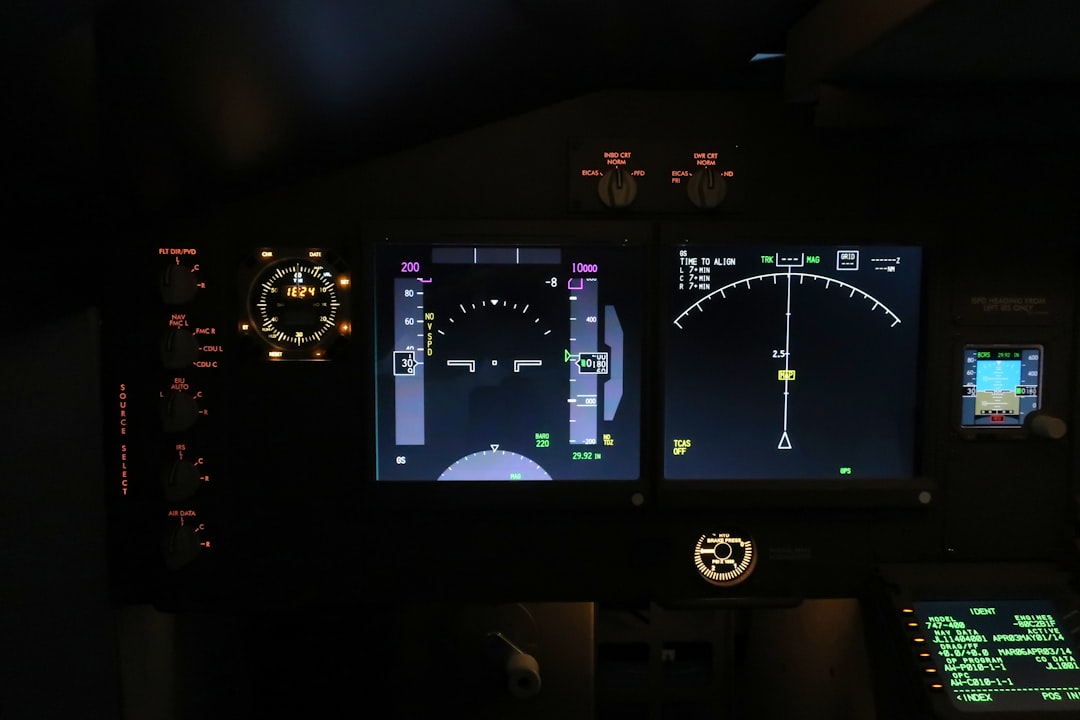How to Implement an LMS for Aviation Industry
3 min read
The aviation industry is among the most regulated and safety-critical sectors in the world. Ensuring that personnel are trained, certified, and compliant with international and local regulations is not simply best practice—it’s a legal and operational necessity. A robust Learning Management System (LMS) tailored for aviation can significantly enhance training efficiency, consistency, and regulatory compliance. Implementing an LMS in such a high-stakes environment, however, requires careful planning, meticulous execution, and ongoing evaluation.
1. Understand the Unique Training Needs of Aviation
Implementing an LMS for the aviation sector starts with a deep understanding of the industry’s educational demands. This includes diverse training programs for:
- Pilots – recurrent training, simulator checks, and airline-specific procedures
- Cabin Crew – safety protocols, customer relations, medical training
- Maintenance Technicians – technical certifications, aircraft systems, repair protocols
- Ground Staff – baggage handling, gate operations, security protocols
Each role requires specific modules, certifications, and compliance tracking, often with tight timeframes and renewal cycles.

2. Choose the Right LMS Platform
An LMS designed for general corporate training may not suffice for aviation-exclusive demands. Look for the following features when selecting a suitable LMS:
- Compliance Management: Ability to manage and track training certifications in line with authorities like the FAA, EASA, or ICAO.
- Blended Learning Support: The LMS should support a combination of online modules, instructor-led sessions, and simulator recordings.
- Mobile Accessibility: Aviation professionals often travel. Offline access and mobile compatibility are critical.
- Multilingual Support: Airports and airlines operate globally, requiring training to be offered in multiple languages.
- Audit and Reporting: Automatic logging of records for easy auditing and evidence-based compliance during inspections.
3. Customize Content for Regulatory and Company Needs
Off-the-shelf content might not meet specific regulatory guidelines or internal SOPs. Aviation stakeholders should work closely with LMS providers to develop customized modules that align with both international legislation and company policies. Interactive and situational-based content can make a significant difference in knowledge retention, particularly in emergency training scenarios.
4. Integrate with Existing Systems
Integration with current HR systems, crew scheduling software, and maintenance databases ensures smooth data flow and minimizes redundancy. This level of integration allows for automated notifications regarding expiring certifications, overdue training, and personalized learning paths based on role or history.

5. Conduct a Pilot Program
Before rolling out the LMS across the entire organization, conduct a structured pilot program with a small user group. Evaluate:
- User experience and platform usability
- Accuracy of tracking and reporting functions
- Effectiveness of content delivery methods
- Support responsiveness and issue resolution
This step allows organizations to fine-tune their approach before full-scale implementation and avoid costly disruptions.
6. Provide Comprehensive Training and Support
All users—from trainees to administrators—must be adequately trained to use the LMS. Provide initial onboarding, a library of user guides, and ongoing support. Real-time helpdesks and ticketing systems ensure users get assistance when needed, particularly during initial rollout and evaluation periods.
7. Monitor, Evaluate, and Optimize Continuously
Implementation doesn’t end at deployment. Continual assessment through feedback, performance metrics, and regulatory updates is essential to maintaining the LMS’s effectiveness. Facilitate regular reviews with compliance officers, department heads, and IT administrators to make necessary improvements and updates.
Conclusion
Implementing a Learning Management System in the aviation industry is a mission-critical effort that demands strategic planning and precision. From ensuring international regulatory compliance to providing accessible, scenario-based training for thousands of employees, an LMS can serve as a backbone for aviation safety and operational excellence. By following a phased, well-informed approach, aviation organizations can leverage LMS technology to enhance their workforce skillset and maintain the highest standards of flight safety and customer service.



